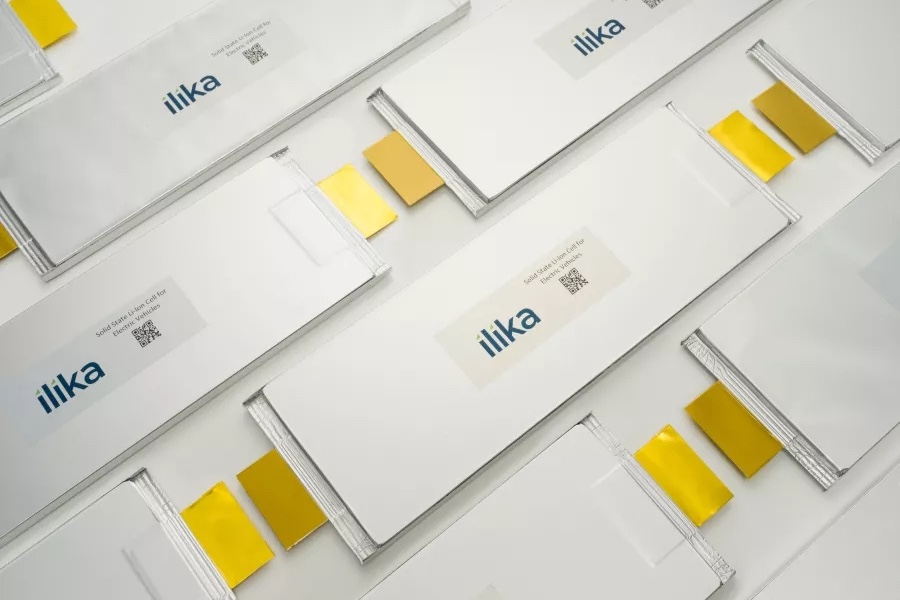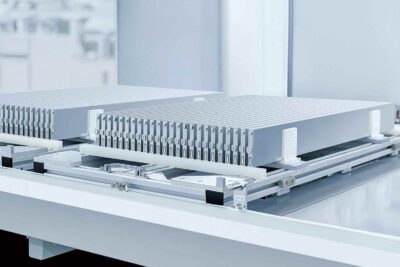Ilika achieves milestone in solid-state battery development
The company refers to the successful testing as its “D6 milestone.” In the next step, Ilika wants to push ahead with the D7 design freeze, which the company aims to achieve in the first quarter of 2025. It “will form the basis for a release of 10 Ah prototype cells to customers, called the P1.5 prototypes.” These represent an evolution of the 2 Ah capacity P1 prototypes released in July 2024 and already being trialled by a Tier 1 automotive supplier.
“Meeting our D6 development milestone on schedule is a key marker to ensure that we are progressing towards an MVP that meets or exceeds customer expectations,” says Ilika CEO Graeme Purdy. The company continues to work with a number of potential manufacturing partners to minimise commercialisation risk. “Today’s announcement is another proof point that Ilika’s technology is a step closer to market readiness and commerciality,” Purdy added.
The timeline for the release of P1.5 will be determined by the completion of testing of several batteries based on the D7 design by the second quarter of 2025. Ilika then aims to develop a Minimum Viable Product (MVP) by the end of 2025, which “will underpin revenue-generating licensing opportunities.”
UK-based Balance Batteries is currently modelling a Goliath-based battery pack for EVs that takes advantage of the high safety, high energy density and fast-charging properties of Goliath cells. Initial results show that, based on the advantages of Goliath, the weight of the battery pack could be reduced by up to 100 kilograms compared to a current SUV lithium-ion model with the same energy content.
Ilika’s solid-state battery cells consist of an oxide solid electrolyte and a silicon anode, which, according to the company, offer safety advantages during production, storage and use. They can operate at higher temperatures than lithium-ion batteries, allowing for a less complex battery management system and resulting in a safer solution with a higher cell-to-pack ratio, lighter vehicles, higher energy and power density, longer range and faster charging.





0 Comments